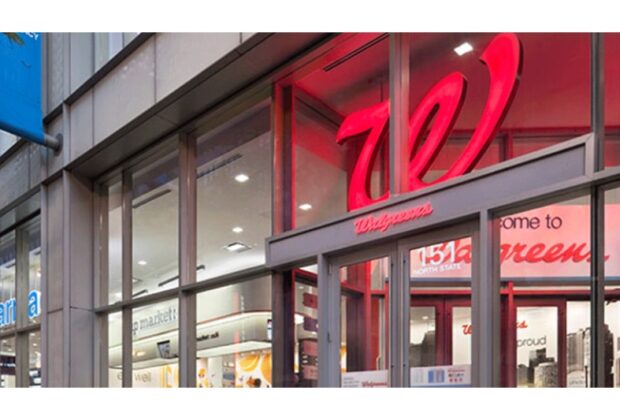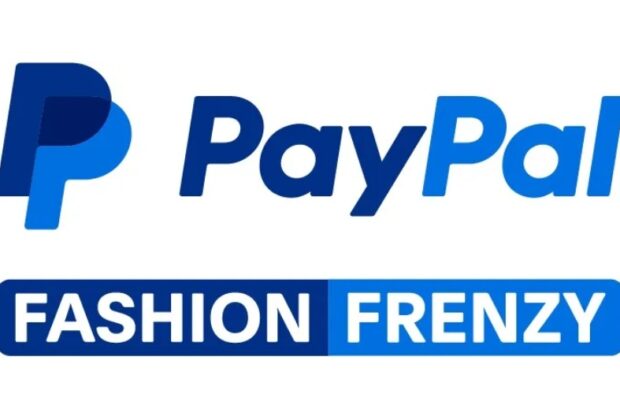Walgreens Boots Alliance is set to go private in a landmark $23.7 billion deal, marking the end of nearly a century as a publicly traded company. This move comes after years of financial struggles and store closures, positioning Walgreens for a strategic transformation under private ownership.
The Deal: Walgreens Goes Private
Private equity firm Sycamore Partners has agreed to acquire Walgreens for $11.45 per share in cash. With debt and other potential payouts, the deal’s value could reach up to $23.7 billion. This marks a significant shift for Walgreens, which has been publicly traded since 1927.
Why Is Walgreens Going Private?
Walgreens has seen a dramatic decline in its market value, dropping from $100 billion a decade ago to just $9.5 billion today. The company has struggled with:
- Declining prescription reimbursements
- Increased competition from CVS, Amazon, and retail giants
- Operational inefficiencies and store under performance
- Challenges in its healthcare acquisitions
According to Walgreens CEO Tim Wentworth, this move allows the company to focus on long-term growth strategies without the pressure of public market fluctuations.
The Fall of Walgreens: What Led to This?
Massive Store Closures
Walgreens has been closing hundreds of stores as part of a cost-cutting and optimization strategy:
- June 2024: Announced the closure of 300 underperforming stores.
- October 2024: Confirmed an additional 1,200 store closures by 2027.
- Currently: Walgreens operates 8,500 locations in the U.S., but more are expected to shut down.
Competitive Disadvantage vs. CVS & Amazon
Walgreens has fallen behind rivals like CVS, which leveraged its acquisition of health insurer Aetna in 2018 to build a stronger healthcare ecosystem. Meanwhile, Amazon Pharmacy has intensified competition by offering online prescription services with lower costs and quick delivery.
Costly Investments in Healthcare
Unlike CVS, Walgreens invested heavily in health clinics (VillageMD), requiring major spending on real estate, technology, and staffing. Many of these ventures failed to deliver expected profits, further straining Walgreens’ financial position.
What’s Next for Walgreens Under Sycamore Partners?
Cost-Cutting & Restructuring
Industry experts believe that Sycamore Partners will implement major cost reductions to boost profitability. According to Neil Saunders, managing director of GlobalData, Walgreens is a “big company with big problems,” requiring a long-term turnaround plan.
Potential Sale of UK Chain Boots
Sycamore may consider selling off Walgreens’ UK-based Boots chain to maximize investor returns. This move would help Walgreens streamline its focus on the U.S. market and healthcare expansion.
Increased Focus on Value-Based Healthcare
Healthcare consulting firm West Monroe suggests that Walgreens’ healthcare assets could attract strong interest. The shift toward value-based care and cost management could reshape Walgreens’ role in the health and wellness sector.
The Broader Impact on the Pharmacy & Retail Industry
The Walgreens deal reflects larger struggles facing the pharmacy retail industry, including:
- Declining profit margins due to lower prescription reimbursements
- The rise of e-commerce & online pharmacies like Amazon
- Increased competition from Walmart, Target, and Dollar General in household goods and convenience retail
With Walgreens going private, the entire industry is watching to see how this transformation unfolds.
When Will the Deal Be Finalized?
Walgreens Boots Alliance expects the transaction to close in Q4 2025. As the company transitions to private ownership, employees, customers, and investors will be closely monitoring its next moves.
Read Full Article













